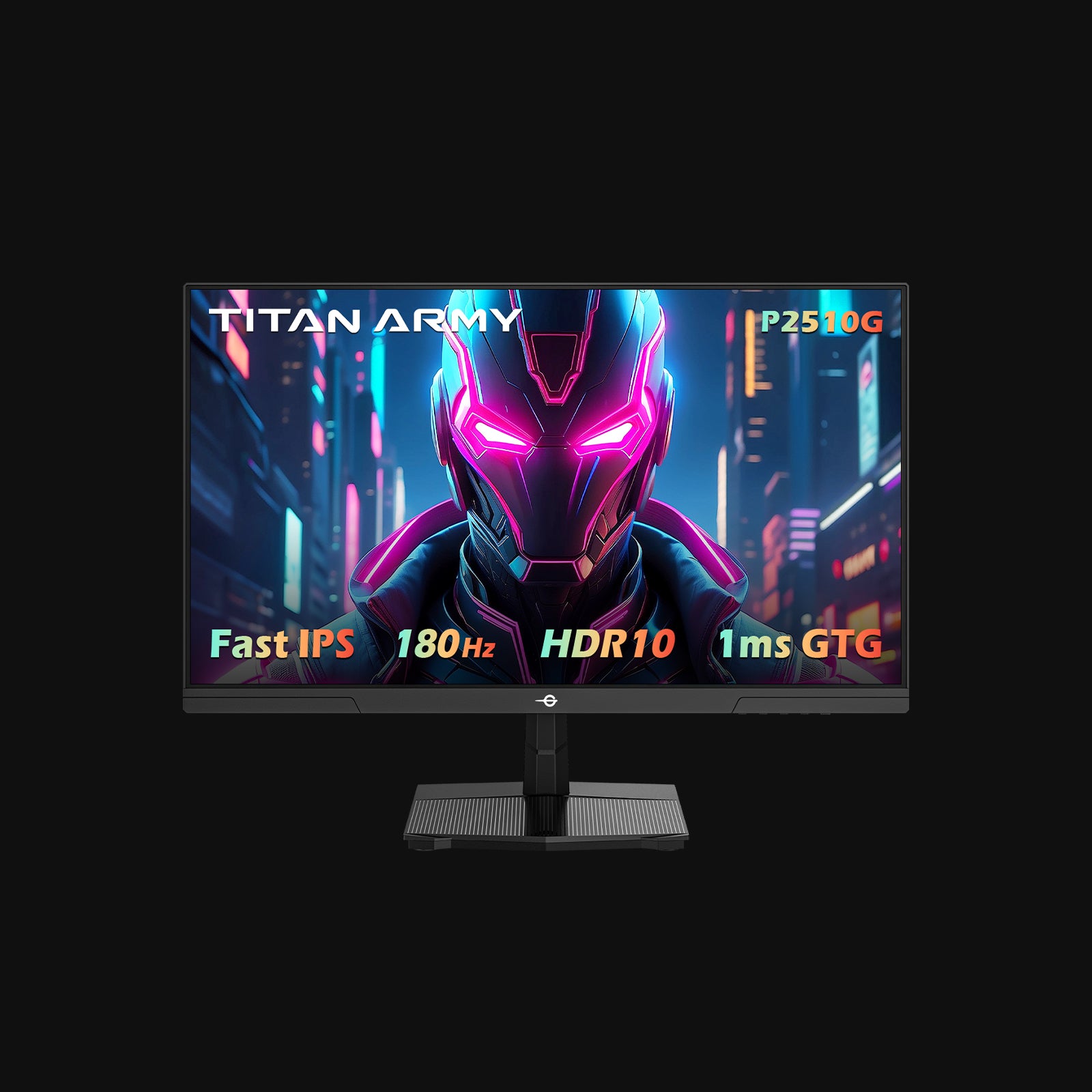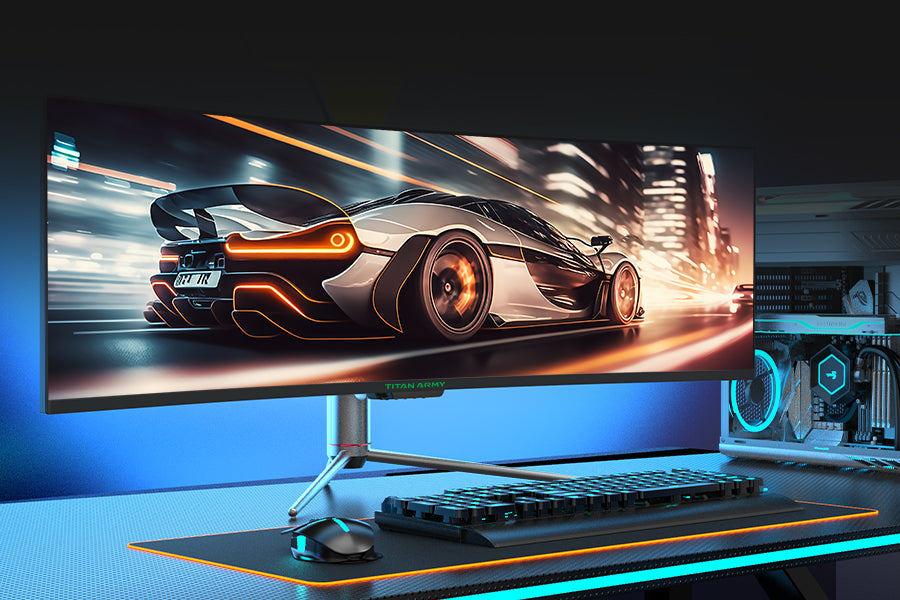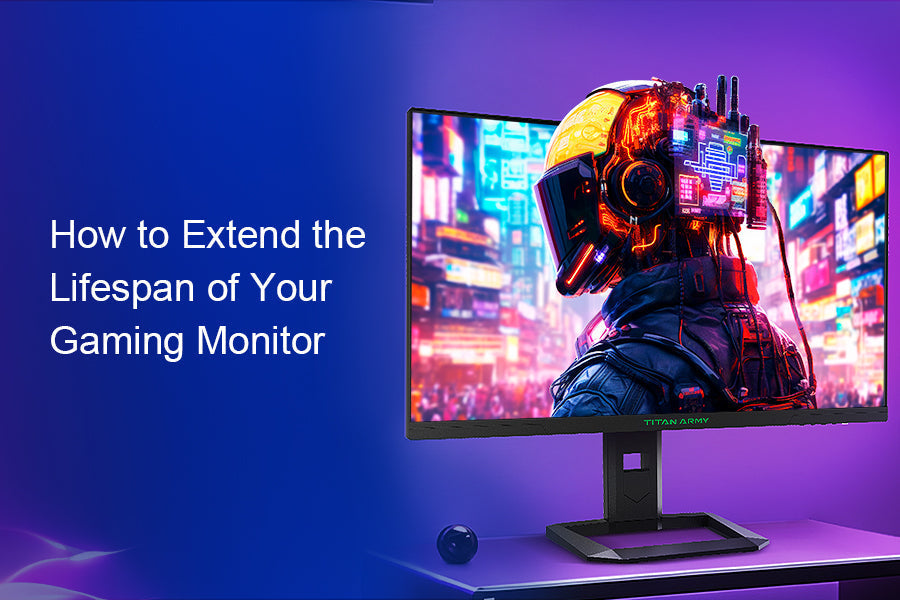As the gaming industry rapidly evolves, more players are paying attention to display refresh rates. High refresh rate displays are crucial in gaming, as they provide smoother visuals and a more immersive experience. So, why should we choose a high refresh rate gaming monitor ? This article explores several key aspects.
Understanding Refresh Rate
The refresh rate refers to how many times a display redraws the image on screen per second, measured in Hertz (Hz). In gaming, refresh rate directly impacts the smoothness and stability of the visuals. In contrast, frame rate (FPS) refers to how many frames per second the monitor displays. Frame rate primarily depends on the graphics card's performance and the game's optimization, while refresh rate is an inherent attribute of the display. Although related, they are not the same.
Choosing the Right Refresh Rate
When selecting a monitor, refresh rate is a critical factor. Common refresh rates include 60Hz, 120Hz, 144Hz, and 240Hz, each catering to different needs and scenarios:
60Hz Refresh Rate
This is the standard refresh rate, refreshing the display 60 times per second. It is suitable for general tasks like office work, browsing the web, and watching videos. While it meets basic needs for most users, it can struggle with motion blur in fast-paced scenes.
120Hz Refresh Rate
A 120Hz display refreshes the image 120 times per second, providing a smoother visual experience. This is ideal for fast-paced games like racing and shooting games. It also enhances the viewing experience for high-frame-rate films, making the visuals appear more fluid.
144Hz Refresh Rate
Refreshing at 144Hz, these monitors significantly boost fluidity and responsiveness, making them perfect for action-packed games such as first-person shooters (FPS) and racing games. Compared to 120Hz displays, 144Hz monitors perform better at higher frame rates, reducing motion blur and enhancing clarity, thus improving response times during intense gameplay. For competitive gamers, 144Hz is often the preferred choice, with many models supporting technologies that further enhance the gaming experience.
240Hz Refresh Rate
As the highest mainstream refresh rate currently available, 240Hz displays refresh the screen 240 times per second. This dramatically improves visual smoothness and detail. For professional esports players, a 240Hz monitor offers unparalleled responsiveness and image stability, allowing them to perceive even the smallest details and movements during high-speed competitions. However, to fully leverage a 240Hz display, a high-performance graphics card is typically required.
In summary, different refresh rates cater to various user needs. Selecting a monitor with the appropriate refresh rate based on your usage and game type can significantly enhance your gaming performance.
Advantages of High Refresh Rate Monitors in Competitive Gaming
Improved Response Time
High refresh rates (144-240Hz) reduce input lag, allowing players' actions to reflect more promptly on screen. This helps in mastering the game's pace and enhances overall response times and precision, particularly in fast-paced games like PUBG, League of Legends, and Counter-Strike: Global Offensive.
Clearer Visuals
High refresh rate monitors effectively minimize motion blur, ensuring that detail is sharp and easily discernible. This enables players to identify enemy positions more accurately, reducing the risk of misjudgment.
Enhanced Accuracy
Smoother visuals elevate the overall gaming experience, helping players better control the rhythm of the game. Professional gamers often choose high refresh rate monitors to gain a competitive edge.
Reduced Motion Blur and Screen Tearing
Traditional 60Hz monitors may experience blurring during fast motion, while high refresh rate displays update quickly enough to retain more detail and clarity. Coupled with technologies like V-Sync, G-Sync, or FreeSync, they further reduce tearing, resulting in a smoother, more stable visual experience.

Psychological and Physiological Benefits
Beyond technical advantages, using a high refresh rate monitor can psychologically enhance a player’s confidence. Studies have shown that higher refresh rates can reduce visual fatigue, creating a more comfortable experience that enhances enjoyment and may extend gameplay duration. This is particularly important for professional players engaged in long competitions.
In conclusion, choosing the right refresh rate monitor not only enhances your gaming experience but also significantly improves everyday usability. By understanding and assessing your needs, you can make an informed choice to ensure every dollar spent is well worth it.

























